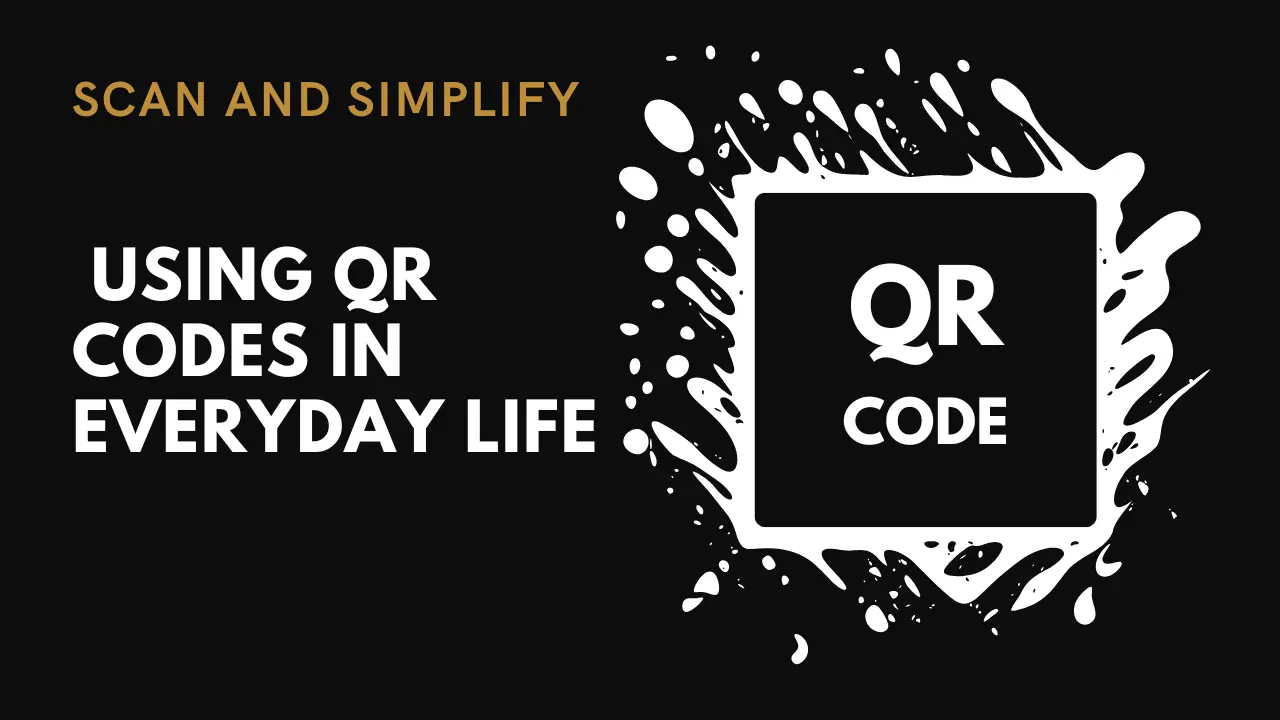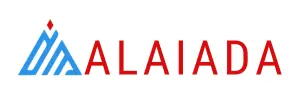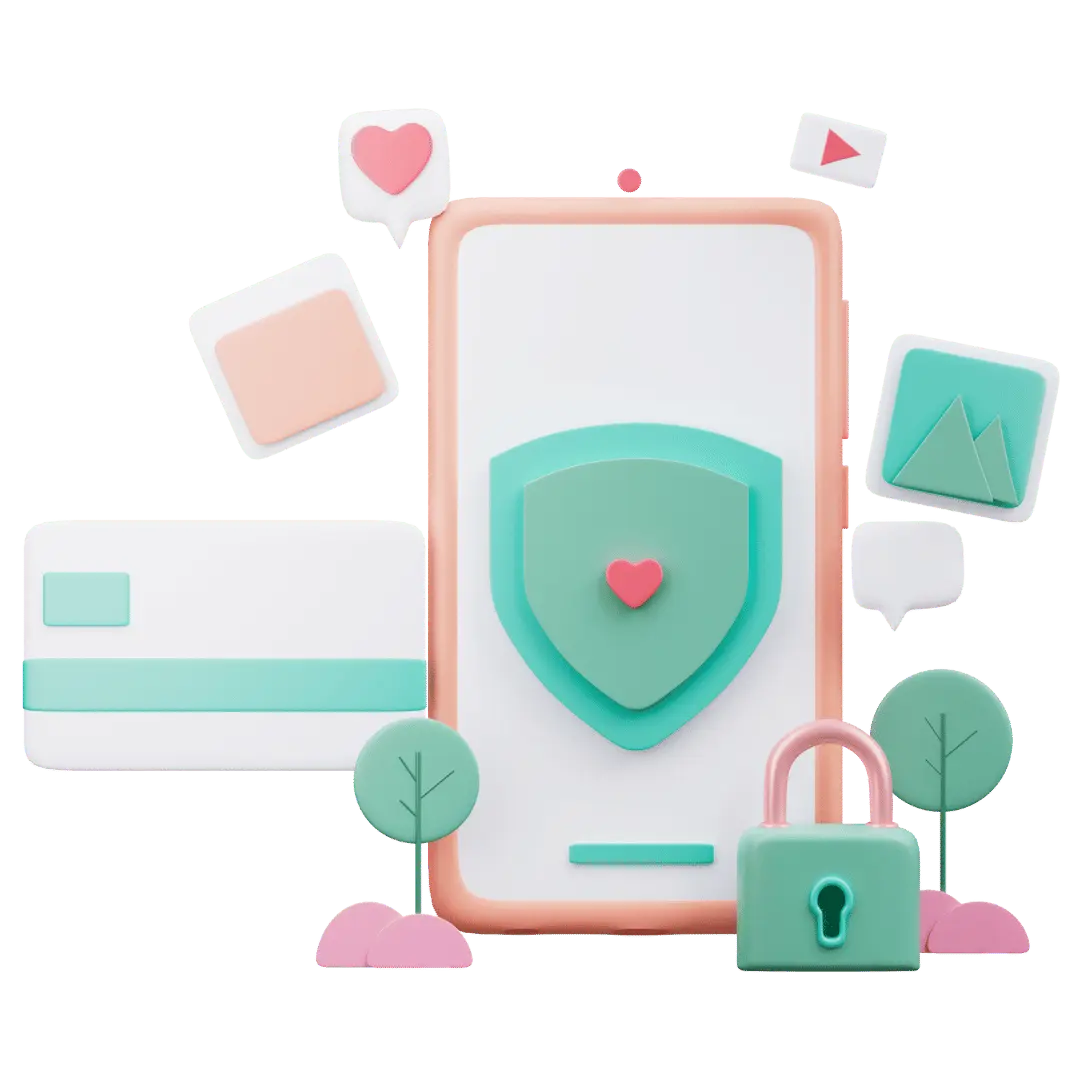Scan and Simplify: Using QR Codes in Everyday Life

The small, black-and-white square—the QR (Quick Response) code—has evolved from a niche tool in supply chain management to an indispensable part of daily life. These digital shortcuts are now everywhere, streamlining everything from restaurant ordering to paying utility bills. Their power lies in their simplicity: one quick scan replaces a tedious sequence of typing, clicking, and searching.
The Digital Bridge: How QR Codes Work
A QR code is essentially a two-dimensional barcode, capable of storing far more information than its linear counterpart. It can hold thousands of alphanumeric characters, which the camera on your smartphone instantly translates into a specific action.
The key to this modern convenience is the easy accessibility of the tools needed to create them. A basic online qr generator is all it takes for anyone—from a small business owner to a teacher—to create these powerful links to the digital world.
Ubiquitous Applications: Where You Scan Today
QR codes have become widely adopted by providing immediate value in several common scenarios:
In Commerce and Retail
- Touchless Payments: Codes displayed at checkout allow customers to scan and pay instantly using mobile wallet apps, minimizing physical contact and speeding up transactions.
- Product Information: Scanning a code on packaging can take a customer directly to a product’s user manual, nutritional facts, or a demonstration video, offering rich, dynamic information that doesn’t fit on a label.
- Loyalty Programs: Instead of fumbling for a loyalty card, customers can simply scan a code to log their purchase and earn points.
In Dining and Hospitality
- Digital Menus: Restaurants almost universally use QR codes to take customers directly to an online menu. This saves printing costs, allows for instant price and item updates, and promotes hygiene.
- Table Service: Some establishments use codes at each table to let patrons summon a server or reorder drinks without waiting.
In Marketing and Information
- Business Cards: A code on a business card can instantly prompt the user to save your contact information (vCard) to their phone, eliminating manual data entry.
- Wi-Fi Access: Offices, cafes, and airports use QR codes to allow guests to connect to a Wi-Fi network instantly. Scanning the code automatically inputs the complex network name and password.
- Events and Ticketing: Tickets often feature a unique QR code for fast, secure entry verification at venues, concerts, or conferences.
Creating and Customizing Your Own Codes
The practical utility of QR codes is matched by how easy they are to create. By using a simple online generator, you can choose what action the code performs:
- URL Link: Directing to a website, video, or social media profile.
- Text Message: Pre-populating a specific message to be sent to a chosen number.
- Email: Pre-filling an email with a recipient address and subject line.
Furthermore, many generators allow for customization, letting you change the code’s color, add a logo to the center, or choose from different dot patterns. This ensures the digital tool remains on-brand and aesthetically pleasing while providing its instantaneous function.
In a world increasingly driven by speed and digital convenience, the QR code is the silent facilitator, bridging the gap between the physical environment and the vast digital landscape with a single, quick scan.











